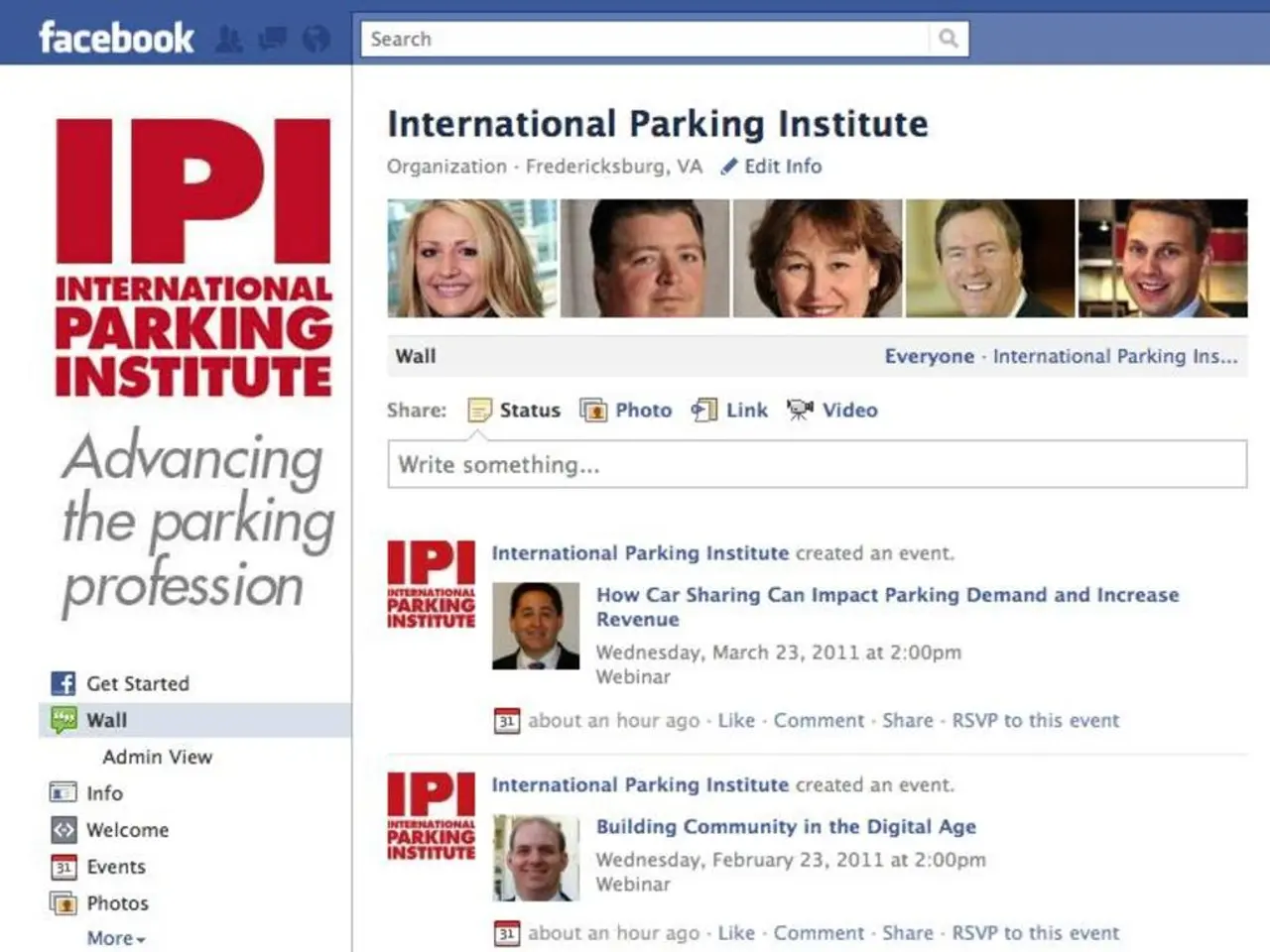Hungarian authorities have lowered their expected growth rate for 2025 to a mere 1%.
Hungary's Economic Growth Forecast Revised Down to 1%
Hungary's economic growth forecast for 2025 has been significantly revised, with the new projection standing at around 1%, down from an earlier target of 2.5% and far below the initial 3.4% forecast. This downgrade reflects sluggish economic conditions, including weak industrial output, a contracting agricultural sector affected by drought, and overall stagnation in the first half of the year.
The main reasons for the downgrade include weak external demand, particularly from key trade partners like Germany, high global inventories and poor order books hurting industrial production, drought impacting agricultural output, and mounting fiscal and industrial headwinds related to elevated inflation and government spending pressures ahead of the 2026 election.
The economy remained flat in the first quarter, worse than expectations, and the performance in the second quarter is likely to have been similar. The reduction in the growth forecast is due to an anaemic recovery from an inflationary surge triggered by Russia's 2022 invasion of Ukraine.
Economy Minister Marton Nagy expects near stagnation in annual terms and stated that there is no need to amend the 2025 budget due to consumption-linked tax revenues being on track. However, the government has already implemented a spending freeze earlier this year and has allocated 192 billion forints ($555.59 million) worth of reserves to cover risks from lower-than-expected growth.
The downgrade signals tougher times ahead, with inflation adjusted upward and government measures attempting to bolster household spending. Orban aims to fend off the opposition challenge with large-scale tax cuts for families, cheap loans to first-time home buyers, and pension rises due to higher-than-expected inflation, now seen averaging 4.7% this year.
The new forecast is more closely aligned with the Hungarian central bank's 0.8% projection and the OECD's 0.9% estimate. Nagy expects the car sector to be able to absorb a 15% tariff rate, and the government is committed to keeping the deficit below 4% of economic output next year.
The economic slowdown complicates Prime Minister Viktor Orban’s re-election chances, traditionally supported by promises of strong growth and stable living standards. The downgrade signals tougher times ahead, with inflation adjusted upward and government measures attempting to bolster household spending. Analysts expect more populist fiscal measures before the election, but there is concern over a credit rating downgrade and weakened consumer sentiment. This economic underperformance undermines Orban’s pledge of a "flying start" in 2025 and could erode voter confidence in his economic stewardship, making the upcoming election his most challenging since returning to power.
Neighbouring Romania expects a small hit to growth from tariffs, and the economic underperformance in Hungary could have broader implications for the region. The U.S.-EU framework trade agreement is expected to reduce uncertainty, but the overall economic outlook remains challenging.
References: [1] Reuters (2023). Hungary's economic growth forecast slashed to 1% for 2025. [online] Available at: https://www.reuters.com/business/hungary-economic-growth-forecast-slashed-1-2023-07-13/ [2] Bloomberg (2023). Hungary's Growth Forecast Slashed to 1% as Inflation Hits Household Spending. [online] Available at: https://www.bloomberg.com/news/articles/2023-07-13/hungary-s-growth-forecast-slashed-to-1-as-inflation-hits-household-spending [3] Central Statistical Office (2023). GDP growth rate in Hungary in Q2 2025. [online] Available at: https://ksh.hu/documents/10199/1468676/GDP+growth+rate+in+Hungary+in+Q2+2025/2d1a8b2f-4f19-401b-971d-3c61895f69c0 [4] Hungarian National Bank (2023). Hungarian economic forecast for 2025. [online] Available at: https://www.mkf.hu/en/research/economic-forecasts/hungarian-economic-forecast-2025
Business and finance are significantly affected by the revised economic growth forecast in Hungary for 2025, which stands at 1%. The reduction in growth forecast is due to factors such as weak external demand, sluggish industrial output, and the impact of drought on agricultural sector, leading to overall stagnation in the first half of the year. The government has implemented a spending freeze and allocated reserves to cover risks from lower-than-expected growth, while also considering more populist fiscal measures ahead of the election.




